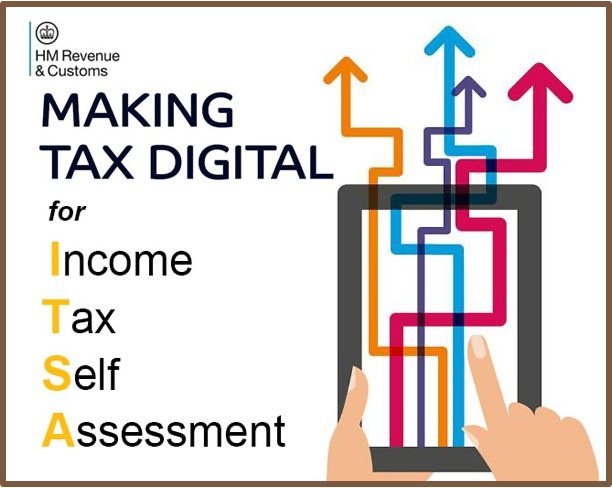Coming in 2024 - Making Tax Digital for Income Tax and Self-Assessment (MTD for ITSA)
***Attention***
In true HMRC fashion, at the end of 2022, it was decided that the implimentation of MTD was to be delayed and restructured. And absolute pain for professionals like me all over the UK who were working to prepare clients for this huge overhaul. But it is coming - just later! I’ll be updating with a new blog post and will release a new infographic for download
This is a bit of a biggie. From 6th April 2024, anyone with combined self-employed income (not profit) over £10,000 will need to comply with HMRC’s new MTD for ITSA tax scheme.
In plain English, you will no longer just be filing the one annual self-assessment tax return each January, and I’ve created this post to fill you in on all the details!
What do you need to do?
From the 24/25 tax year, for each separate business entity, you will need to submit to HMRC:
Quarterly ‘updates’ on your income and expenditure. The first of these will be due by 5th August 2024 – meaning that you will have one month to complete each quarterly update.
An annual ‘End of Period Statement’ (EOPS), which will be due by 31st Jan AFTER the tax year end (therefore the first submission with be due by 31st January 2026)
Then, to tie everything together, you will need to submit a ‘Final Declaration’ (or ‘crystallisation’), also by 31st January after the end of the tax year. This will be very much like the current annual self-assessment and serve to bring together all income information (including PAYE and dividends)
How will you do all this?
HMRC will require that all self-employed people keep DIGITAL records, and use software to make these new submissions to HMRC.
By far the easiest way to manage all of this will be to use dedicated accounting software packages such as Xero, QuickBooks, Sage, Freeagent (and quite a few others!). Users can have their bank connected to the software to pick up on all transactions, receipts/invoices can be stored in the software (and not in THAT drawer or box that gives you hives once a year), your bookkeeper and/or accountant would have access. More importantly, there’s all manner of tools such software offers that would make your life easier and help to grow your business.
It is possible for people who use spreadsheets to keep track of their income and expenses to still do so, and use something called ‘bridging software’ to make submissions to HMRC for ITSA. Yes, it will avoid any monthly software subscription costs and you won’t have to change systems. BUT it also means finding a suitable bridging software (usually with a small charge per quarter or year), doing all the calculations yourself with room for error, remembering to submit on time, and STILL keeping all that pesky paperwork about!
You can get accounting software packages pretty cheap, it’s worth speaking to a practitioner as we can often get discounted deals on software for you.
It’s not such a bad thing!
I know this all MTD for ITSA malarky sounds like a massive hassle for you as a self-employed individual. But if you’re able to keep your accounts and records up to date – it really only amounts to a few extra button clicks every few months!
And if you’re still stressed about it (there are not usually enough hours in the day and you probably didn’t start your business because you love doing your accounts…), please do consider speaking to a bookkeeper. Think of how all those saved hours of YOUR time can be better channelled into business or home life! And we’ll not only make sure you’re MTD for ITSA compliant, avoiding penalties, but many of us offer all manner of services that can really supercharge your business growth.



